Building Recommendation Models with TFRS
Overview
In the realm of machine learning, Tensorflow recommendation systems play a pivotal role in providing personalized suggestions to users, enhancing their experience and engagement with various platforms.
TensorFlow Recommenders (TFRS) is an advanced toolkit and framework developed by Google's TensorFlow team to facilitate the creation of efficient and scalable recommendation models. Leveraging the power of TensorFlow, TFRS enables developers and data scientists to build sophisticated recommendation systems that cater to diverse user preferences.
What are TensorFlow Recommenders (TFRS)?
TensorFlow Recommenders, often abbreviated as TFRS, is a specialized toolkit that provides a comprehensive set of tools and APIs within the TensorFlow ecosystem.
- Its primary objective is to streamline the development process of TensorFlow recommendation systems using modern machine learning techniques.
- TFRS is designed to handle both traditional collaborative filtering approaches as well as more advanced content-based and hybrid recommendation methods, making it a versatile choice for building a wide range of recommendation models.

TFRS Architecture
At its core, the TensorFlow Recommendation System architecture is built upon the TensorFlow framework, utilizing its flexible and scalable infrastructure. The architecture encompasses various components, including:
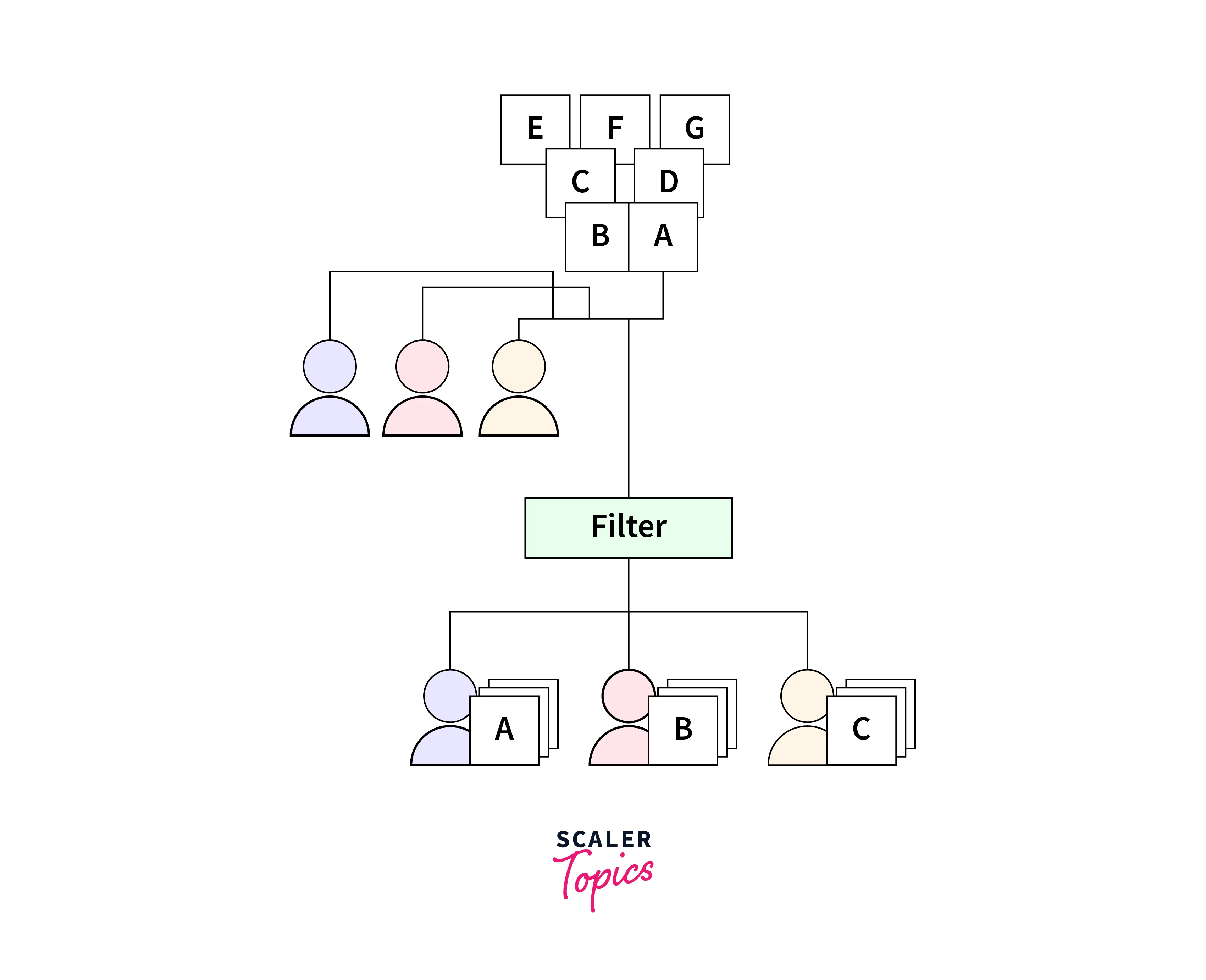
-
Embeddings:
TFRS employs embedding layers to represent users, items, or any other relevant features as dense vectors. These embeddings capture latent factors that influence user-item interactions and form the foundation of the recommendation model. -
Loss Functions:
TFRS offers a variety of loss functions tailored for recommendation tasks. These loss functions quantify the dissimilarity between predicted recommendations and actual user preferences, facilitating model optimization. -
Metrics:
The toolkit includes a comprehensive set of evaluation metrics to assess the performance of recommendation models. These metrics help fine-tune the model and enhance its recommendation accuracy. -
Model Components:
Tensorflow recommendation system supports the creation of complex recommendation models by combining various components, such as deep neural networks, feature transformations, and interaction layers. This enables the development of models capable of capturing intricate user-item relationships.
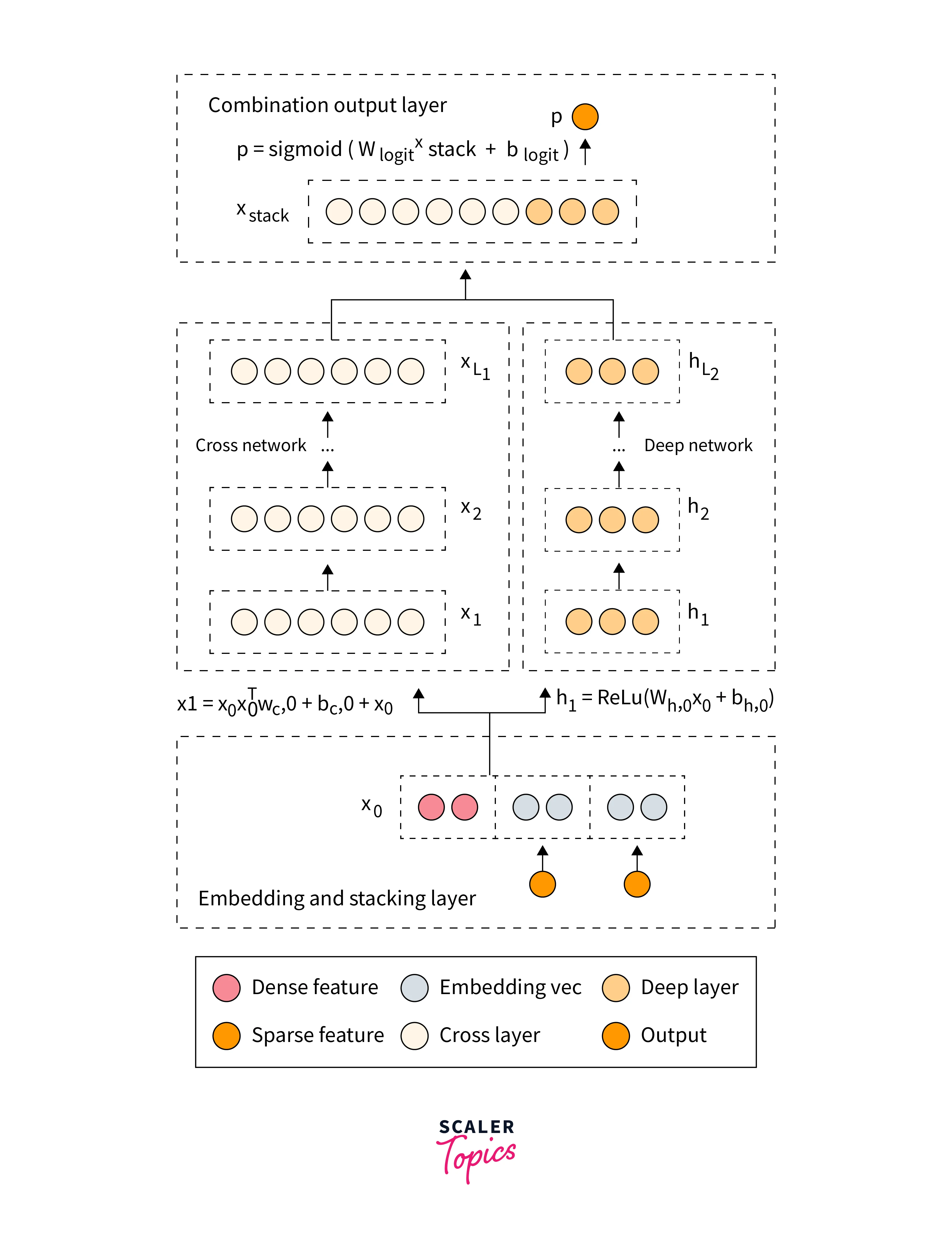
Building TensorFlow Recommendation Model
Building recommendation models with TensorFlow Recommenders involves preparing the data, defining and customizing the model architecture, training and evaluating the model, and leveraging the flexibility of TFRS components to create sophisticated recommendation systems.
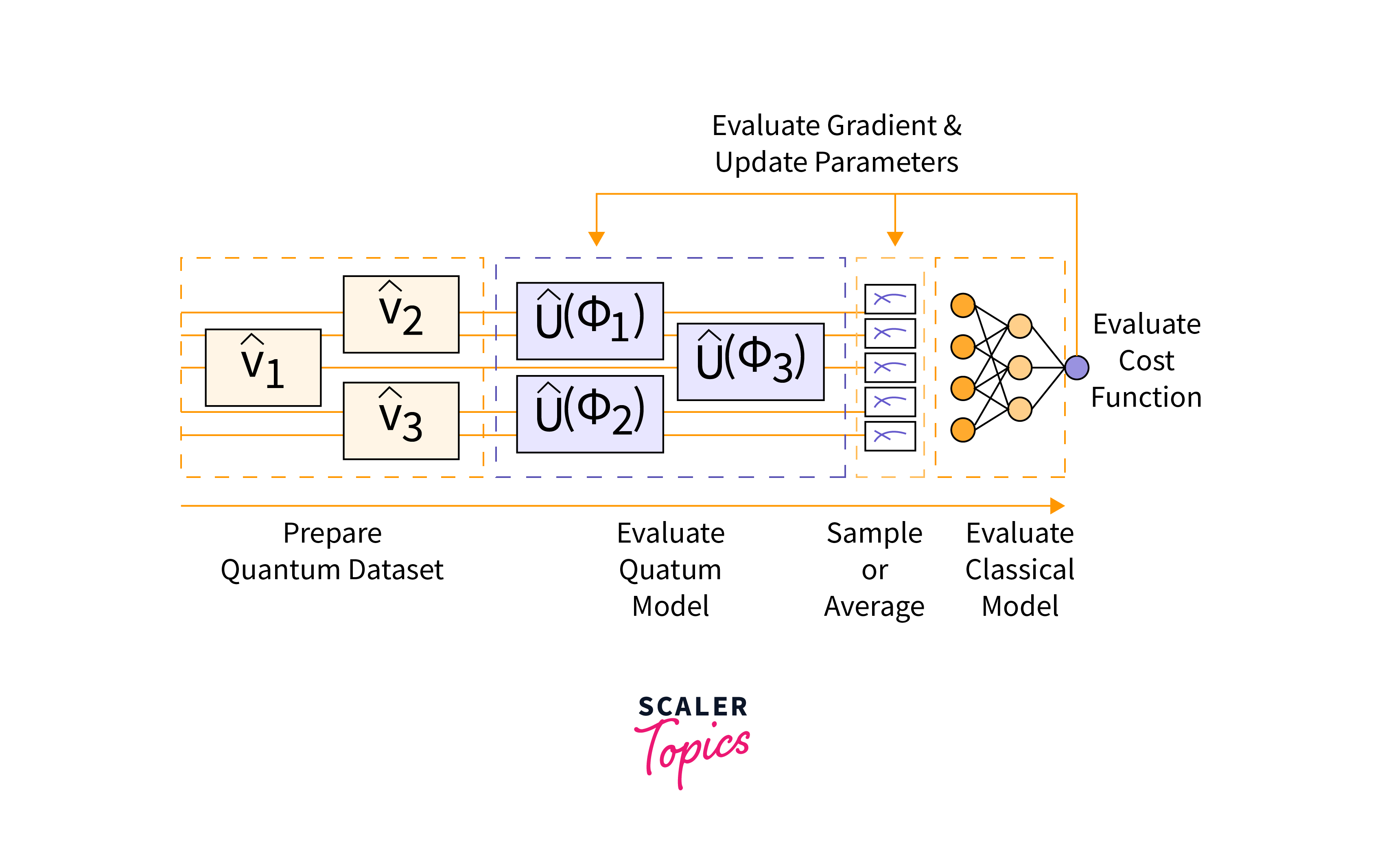
Data Preparation for Recommendation Models
Data preparation is a crucial step in building recommendation models with TensorFlow Recommenders. It involves gathering and preprocessing the dataset to ensure that it's suitable for training and evaluation. In the context of a TensorFlow recommendation system, this typically involves organizing user-item interactions and any relevant features.
Here is a sample code to implement the same. Use your data in the code and then run it:
Build Recommendation Models with TensorFLow Recommendation System
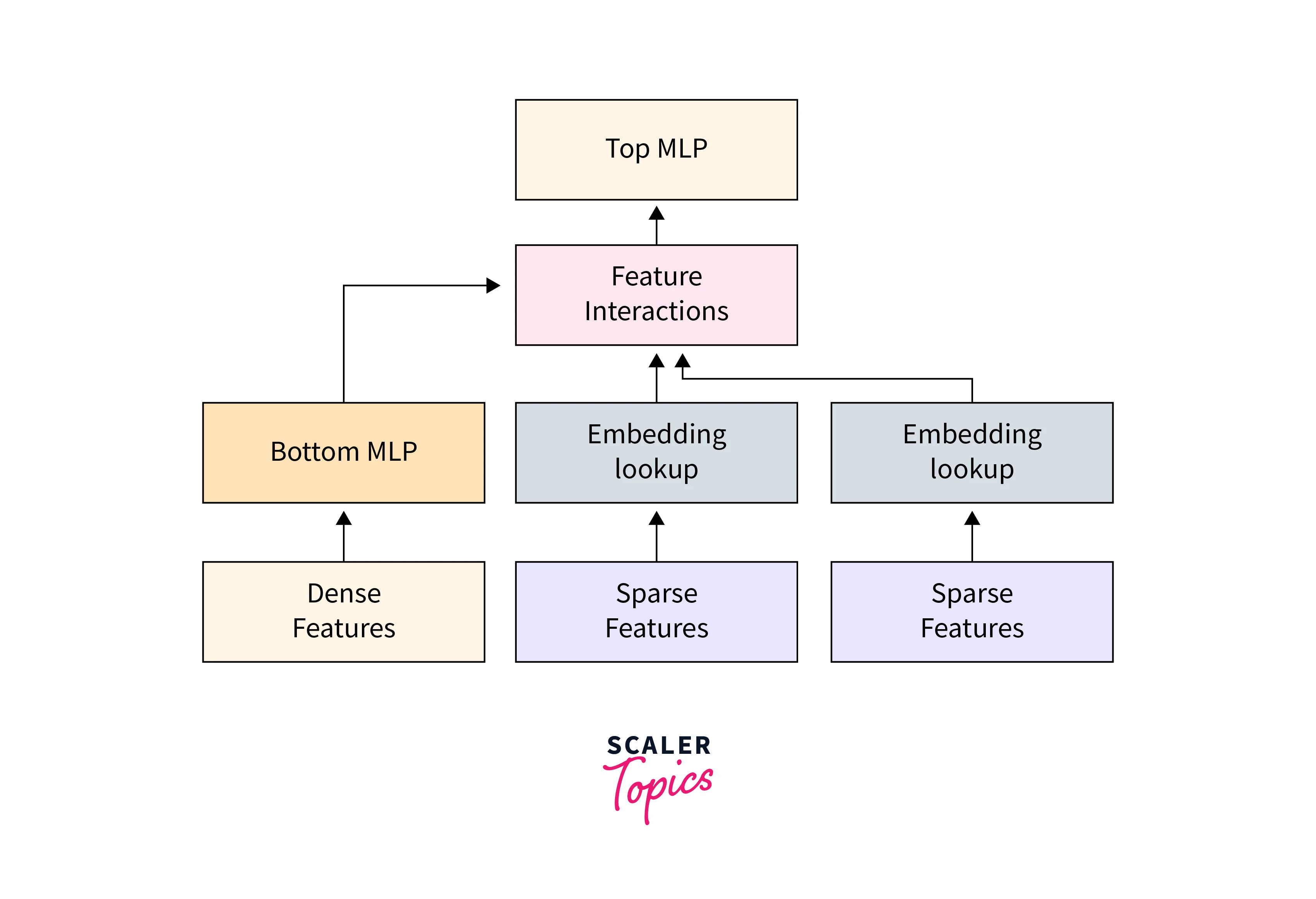
TensorFlow Recommenders provides a high-level API for building recommendation models that incorporate user preferences and item features. These models can be customized to match the specific requirements of your TensorFlow recommendation system.
Train and Evaluate the Tensorflow Recommendation System Model
Training and evaluating a TensorFlow recommendation model involves iterating over your dataset, optimizing the model's parameters, and assessing its performance using suitable evaluation metrics.
Customizing Model Architectures with TFRS
One of the key strengths of the TensorFlow Recommendation system is its flexibility in customizing model architectures. You can create intricate recommendation models by combining various components such as embedding layers, neural networks, and interaction layers.
By customizing your model architecture using TFRS components, you can create recommendation systems that leverage the full power of TensorFlow for capturing complex user-item relationships and generating accurate personalized recommendations.
Sample Output:
Real-world Applications of TensorFlow Recommendation System
TensorFlow Recommenders (TFRS) find practical applications in various domains, leveraging its capabilities to create effective recommendation systems. Some real-world applications include:
-
E-Commerce Platforms:
TFRS can be used to build recommendation systems for online shopping platforms, suggesting relevant products to users based on their browsing and purchasing history.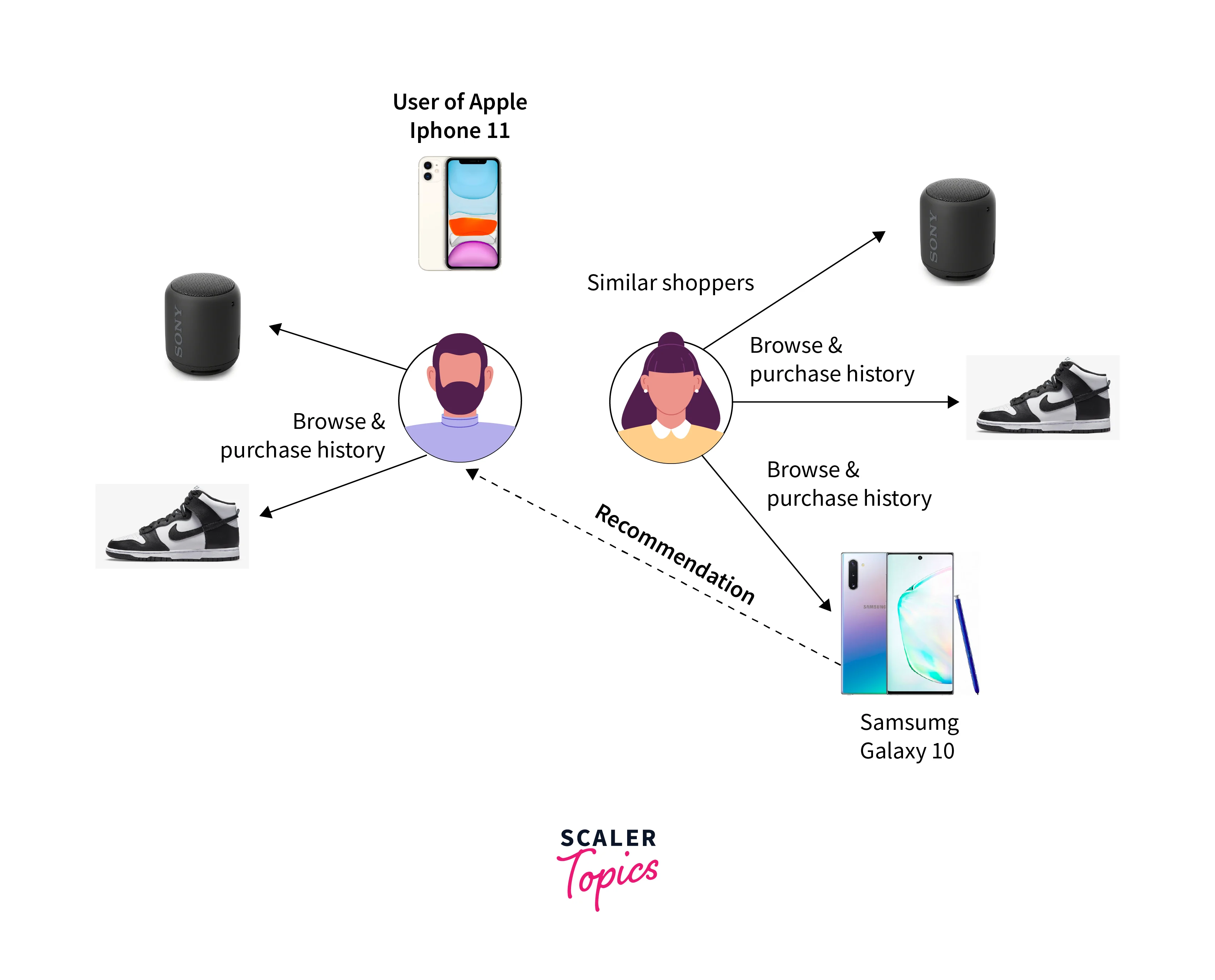
-
Streaming Services:
TFRS can enhance the content discovery experience on streaming platforms by suggesting movies, TV shows, or music based on user preferences and viewing history. -
News and Content Aggregation:
TFRS can power personalized news and content recommendation, delivering articles and media that align with users' interests.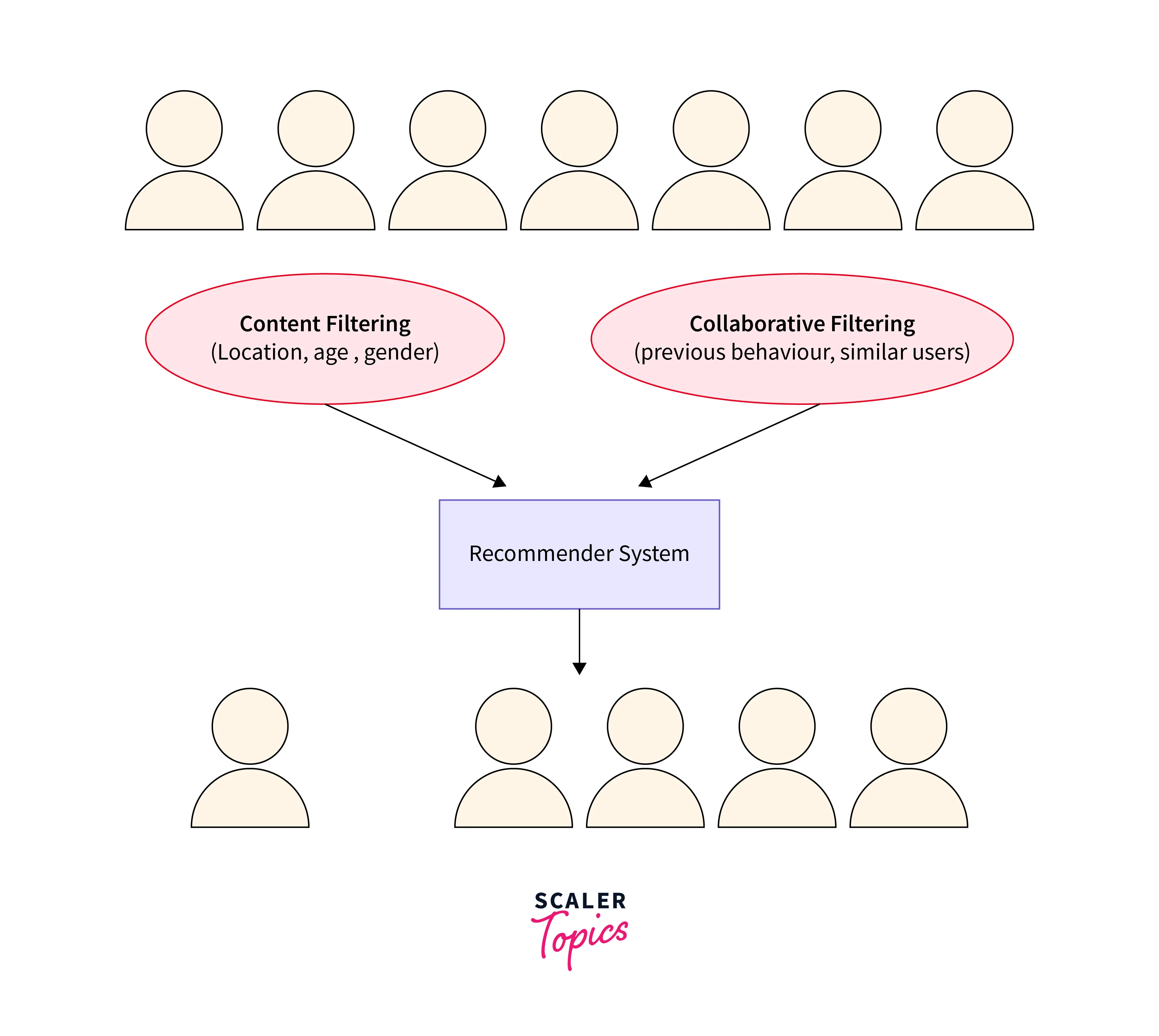
-
Social Media Platforms:
Social networks can employ TFRS to recommend connections, groups, or content that match users' engagement patterns. -
Travel and Tourism:
TFRS can assist in creating personalized travel itineraries and destination recommendations based on user preferences.
Conclusion
- In conclusion, TensorFlow Recommenders (TFRS) is a powerful toolkit that simplifies the development of recommendation systems using TensorFlow's capabilities.
- By enabling data scientists and developers to build sophisticated models with custom architectures, TensorFlow Recommendation System drives personalization and engagement in various real-world applications.
